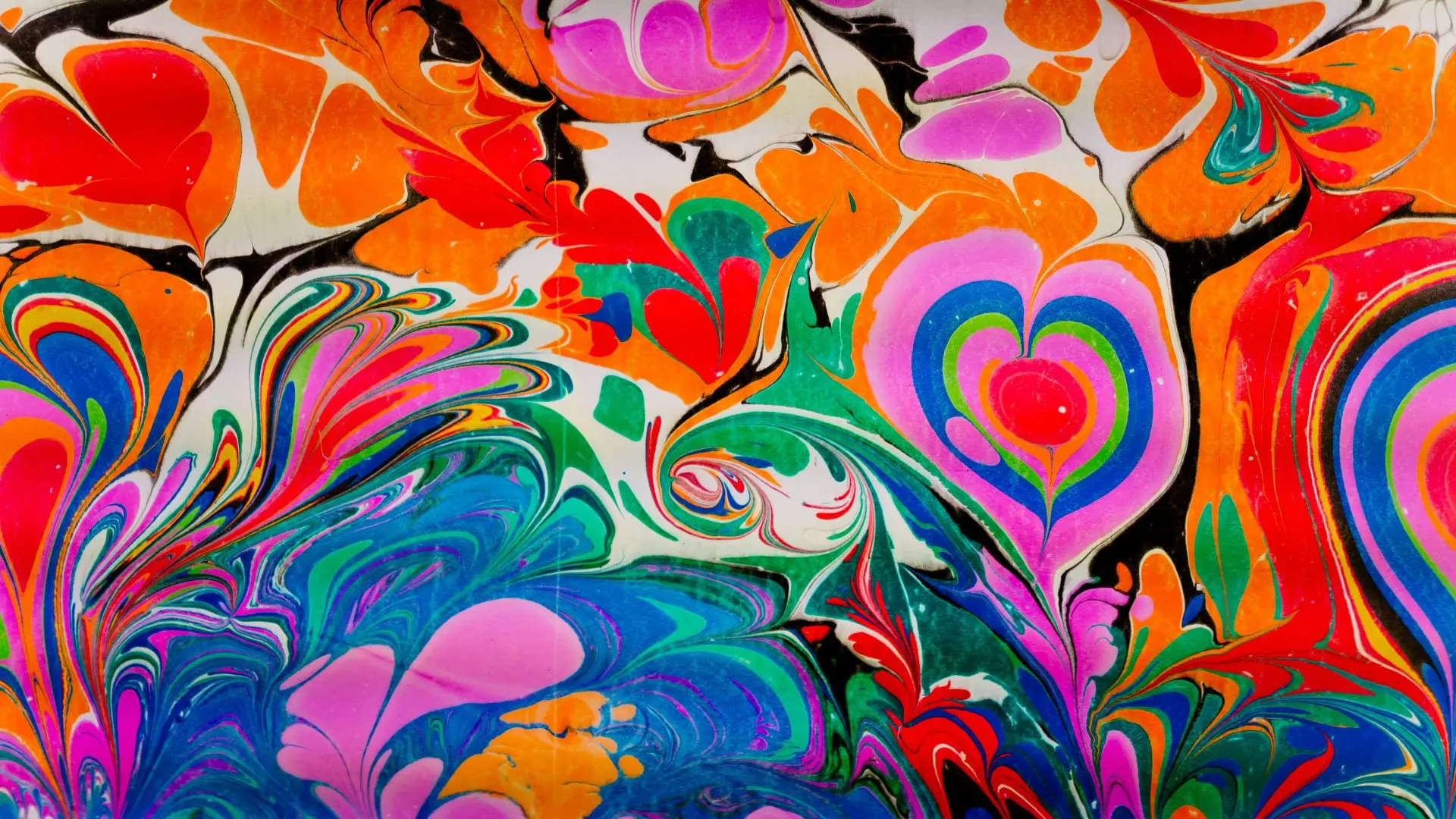Neopaganism: Modern Interpretations of Ancient Gods

Looking for more amazing products? Check out our online store and explore our collection here! Happy shopping!
Before diving in, please note: This post is for informational purposes only. If you’d like to know more about how we approach topics, feel free to check out our friendly Disclaimer Page.
Hey there, amazing readers! 
We’re committed to delivering quality posts, and your support (even just sticking around despite the ads) means everything to us. So, bear with us, and thanks for helping us keep the good vibes rolling. Now, on to the fun stuff!
TRANSLATE BUTTON AT THE END OF THE ARTICLE
Neopaganism: A Brief Overview
Neopaganism is a diverse and eclectic religious movement that draws inspiration from various ancient polytheistic traditions.
It encompasses a wide range of beliefs and practices, with followers often worshipping multiple deities and celebrating nature and the changing of seasons.
Unlike many organized religions, Neopaganism does not have a central authority or holy text, allowing individuals to tailor their spiritual beliefs to suit their personal preferences.
This decentralized nature has led to a rich tapestry of traditions within Neopaganism, each reflecting the unique perspectives and experiences of its practitioners.
Revival of Ancient Deities
One of the central aspects of Neopaganism is the revival of ancient gods and goddesses from cultures around the world.
Followers often seek to reconnect with these deities, viewing them as powerful archetypes that can offer guidance, protection, and inspiration.
Through rituals, prayers, and offerings, Neopagans honor these ancient beings and seek to forge a personal relationship with them.
This revival of ancient deities is seen as a way to tap into the wisdom and power of the past, blending it with modern spirituality to create a meaningful and transformative practice.
Modern Beliefs and Practices
Neopaganism is not simply a recreation of ancient religious practices but a living, evolving tradition that incorporates modern beliefs and values.
Many Neopagans view their spirituality as a way to promote environmentalism, social justice, and personal growth.
This modern interpretation of ancient gods encompasses a wide range of beliefs, from animism and pantheism to Wicca and Druidry.
Followers often incorporate elements of psychology, ecology, and feminism into their spiritual practice, creating a rich and multifaceted belief system.
Polytheistic Nature of Neopaganism
Central to Neopaganism is its polytheistic nature, with followers worshipping multiple gods and goddesses from various cultural traditions.
This polytheistic approach allows individuals to explore different aspects of divinity and connect with deities that resonate with their own experiences and beliefs.
Some Neopagans also believe in a universal divine energy that manifests through multiple deities, viewing each god or goddess as a unique expression of the divine.
This polytheistic framework provides a sense of diversity and inclusivity within Neopaganism, allowing practitioners to embrace a wide range of spiritual perspectives.
Popular Deities in Neopaganism
While Neopaganism encompasses a diverse range of deities from different cultures, some gods and goddesses are particularly popular among followers.
In Wicca, the Horned God and the Triple Goddess are central figures representing the masculine and feminine aspects of divinity.
The Norse pantheon, including gods like Odin, Thor, and Freyja, is also widely revered in Neopagan circles.
Additionally, Celtic deities such as Brigid, Cernunnos, and the Morrigan hold significant importance for many practitioners.
These popular deities often serve as focal points for rituals, prayers, and meditations within Neopaganism.
Connection to Nature and Earth
Neopaganism places a strong emphasis on the interconnectedness of all living beings and the natural world.
Followers often see nature as sacred and imbued with spiritual significance, viewing the earth as a living, breathing entity deserving of reverence and respect.
Rituals and ceremonies in Neopaganism frequently involve elements of the natural world, such as plants, crystals, and animals, as symbols of divine energy and wisdom.
This deep connection to nature underpins many Neopagan beliefs and practices, fostering a sense of harmony and balance with the earth and its inhabitants.
Rituals and Ceremonies
Rituals and ceremonies play a central role in Neopagan practice, providing a structured way for followers to connect with the divine and celebrate the cycles of nature.
These rituals often involve chanting, dancing, meditation, and the use of symbolic tools such as candles, incense, and athames.
Neopagans may conduct rituals to mark significant events like the changing of seasons, lunar phases, or personal milestones.
Through these rituals, practitioners seek to commune with the gods, honor their ancestors, and deepen their spiritual connection to the world around them.
Festivals and Celebrations
Neopaganism celebrates a variety of festivals and holidays throughout the year, each marking important moments in the natural cycle of life.
These celebrations often align with the solstices, equinoxes, and other astronomical events, reflecting the changing seasons and the rhythms of the earth.
Some of the most well-known Neopagan festivals include Samhain, Beltane, and Yule, which honor the cycles of death and rebirth, fertility, and the return of light, respectively.
These festivals provide opportunities for community gathering, feasting, and spiritual reflection, fostering a sense of connection and unity among Neopagan practitioners.
Influence of Ancient Traditions
Neopaganism draws inspiration from a wide range of ancient traditions, including Celtic, Norse, Greek, Roman, and Egyptian mythologies.
Followers often study these ancient cultures to deepen their understanding of the gods and goddesses they worship, incorporating myths, symbols, and practices into their spiritual rituals.
By embracing the wisdom of the past, Neopagans seek to honor the traditions of their ancestors while also adapting them to suit modern sensibilities.
This blend of ancient and contemporary influences creates a dynamic and evolving spiritual path for practitioners to explore.
Diversity within Neopaganism
Neopaganism is a diverse and inclusive religious movement that welcomes followers from all backgrounds and walks of life.
Within the broader Neopagan community, there are numerous traditions, sects, and paths that cater to different spiritual inclinations and beliefs.
Some practitioners may identify as Wiccans, Druids, Heathens, or Eclectic Pagans, each following a unique set of practices and rituals.
This diversity within Neopaganism allows individuals to find a spiritual path that resonates with their personal values and experiences, fostering a sense of acceptance and community among practitioners.
Controversies and Misconceptions
Despite its growing popularity, Neopaganism still faces misconceptions and prejudices from some quarters of society.
Due to its decentralized nature and diverse practices, Neopaganism is often misunderstood or misrepresented by those unfamiliar with its beliefs.
Some critics view Neopaganism as occult, satanic, or inherently dangerous, perpetuating harmful stereotypes that undermine the legitimacy of the faith.
However, many Neopagans seek to dispel these misconceptions through education, dialogue, and community outreach, promoting a more accurate and nuanced understanding of their spiritual beliefs and practices.
Neopaganism in the Modern World
In the modern world, Neopaganism continues to attract followers seeking a spiritual path that honors nature, celebrates diversity, and promotes personal growth.
As interest in alternative spiritualities grows, Neopaganism offers a unique and inclusive space for individuals to explore their beliefs and connect with like-minded practitioners.
With the rise of social media, online forums, and virtual gatherings, Neopagans are able to build community, share knowledge, and engage in rituals and ceremonies with fellow seekers from around the world.
This interconnected global network allows Neopaganism to thrive and evolve in response to the changing needs and aspirations of its practitioners.
Conclusion
Neopaganism represents a vibrant and evolving spiritual movement that draws inspiration from ancient traditions while embracing modern beliefs and practices.
Through the revival of ancient deities, connection to nature, and diverse rituals and ceremonies, Neopagans seek to cultivate a deep sense of spiritual connection and personal transformation.
Despite facing misconceptions and controversies, Neopaganism continues to flourish in the modern world, offering a welcoming and inclusive community for individuals seeking a path that honors the earth, celebrates diversity, and fosters personal growth.
As Neopaganism continues to grow and evolve, it remains a dynamic and diverse religious movement that invites seekers of all backgrounds to explore its rich tapestry of beliefs and practices.

The Enlightenment Journey is a remarkable collection of writings authored by a distinguished group of experts in the fields of spirituality, new age, and esoteric knowledge.
This anthology features a diverse assembly of well-experienced authors who bring their profound insights and credible perspectives to the forefront.
Each contributor possesses a wealth of knowledge and wisdom, making them authorities in their respective domains.
Together, they offer readers a transformative journey into the realms of spiritual growth, self-discovery, and esoteric enlightenment.
The Enlightenment Journey is a testament to the collective expertise of these luminaries, providing readers with a rich tapestry of ideas and information to illuminate their spiritual path.
Our Diverse Expertise
While our primary focus is on spirituality and esotericism, we are equally passionate about exploring a wide range of other topics and niches 

To ensure we provide the most accurate and valuable insights, we collaborate with trusted experts in their respective domains 
Our blog originally focused on spirituality and metaphysics, but we’ve since expanded to cover a wide range of niches. Don’t worry—we continue to publish a lot of articles on spirituality! Frequently visit our blog to explore our diverse content and stay tuned for more insightful reads.
Hey there, amazing reader! 
Check out our store here and take a peek at some of our featured products below! Thanks for being awesome!










